Are you a football fan and you’re just curious about the biggest football/soccer stadiums in South Africa? Look no further! In this blog post, we’ve got you covered with all the information you need on the most massive arenas for football.
These iconic stadiums have witnessed some of the most thrilling moments in South African soccer history and continue to attract sports enthusiasts from around the world.
Football Stadiums In South Africa:
Soccer City Stadium
Soccer City is undoubtedly the most iconic stadium in South Africa, with a capacity of 94,736 seats. Located in Johannesburg, Soccer City was built to host the opening and final matches of the 2010 FIFA World Cup.
The design of this impressive arena is inspired by traditional African pottery. The outer facade consists of thousands of individual panels that resemble earthenware pots used for cooking or storing food and water.
During the World Cup tournament, Soccer City witnessed some historic moments. Spain won their first-ever World Cup title after beating Netherlands in a nerve-wracking final match held at this venue. Besides hosting football games, Soccer City also hosts music concerts and other cultural events throughout the year.
The stadium’s interior features state-of-the-art facilities such as VIP lounges, press boxes, broadcasting booths and an extensive network of tunnels leading to the dressing rooms area. If you’re planning to visit Johannesburg anytime soon, make sure to add Soccer City to your itinerary!
Read About Kaizer Chiefs Stadium: Amakhosi Home Stadium Updates
Ellis Park Stadium
Ellis Park Stadium is one of the most iconic stadiums in South Africa. Located in Johannesburg, it has hosted numerous sporting events over the years, including rugby and soccer matches.
Originally known as the Coca-Cola Park Stadium, Ellis Park was built in 1928 and has undergone several renovations since then to become one of the premier sports venues on the continent.
The stadium played a significant role in South Africa’s history when it hosted the Rugby World Cup final in 1995. The event became an important turning point for post-apartheid South Africa, with Nelson Mandela famously wearing Springbok colors to present Francois Pienaar with the trophy.
Today, Ellis Park remains a popular venue for both local and international soccer fixtures. Its modern facilities can accommodate up to 62,000 spectators while providing excellent views of all on-field action.
Ellis Park Stadium stands as a testament to South African sports heritage and continues to play an essential role in shaping its future.
Nelson Mandela Bay Stadium
Nelson Mandela Bay Stadium is a football stadium situated in Port Elizabeth, Eastern Cape, South Africa. It was constructed for the 2010 FIFA World Cup and has a seating capacity of over 48,000.
The unique feature of this stadium is its shape – it resembles a flower with petals that fold upwards to form the roof. The design was inspired by the rich flora found in the region.
Aside from football matches, Nelson Mandela Bay Stadium also hosts various events such as music concerts and rugby games. The stadium has state-of-the-art facilities including an indoor training centre and conference rooms.
One interesting fact about this stadium is that it was named after former South African president Nelson Mandela who hailed from the nearby city of Mthatha. A statue of him stands at one end of the stadium as a tribute to his legacy.
Nelson Mandela Bay Stadium stands out not only for its stunning architecture but also for its significance in honoring an iconic leader who fought tirelessly for justice and equality.
See Also Inside Dobsonville Stadium: The Details Are Revealed For You
Mbombela Stadium
Mbombela Stadium, located in the city of Mbombela (formerly known as Nelspruit), is one of the newest stadiums in South Africa. It was built for the 2010 FIFA World Cup and has a seating capacity of 43,500.
The stadium’s unique design features an intricate pattern on its exterior that represents the local culture and landscape. The roof is designed to resemble a calabash – a traditional African pot used for cooking and serving food.
One interesting fact about Mbombela Stadium is that it lies at the foot of a hill which provides stunning views from inside the stadium. Visitors can see hills, valleys, forests and even wildlife from their seats!
Since hosting several World Cup matches in 2010, Mbombela Stadium has become home to some major sports events such as international rugby games and Premier Soccer League matches.
Apart from sporting events, this impressive stadium also hosts various concerts with renowned artists performing under its iconic calabash-shaped roof.
Loftus Versfeld Stadium
Loftus Versfeld Stadium is a multi-purpose stadium located in Pretoria, South Africa. It has a capacity of 51,762 seats and is primarily used for rugby union and association football matches.
The stadium was originally built in 1906 but underwent major renovations in the early 2000s to prepare for the Rugby World Cup which was hosted by South Africa. During these renovations, the seating capacity was increased and modern facilities were added.
One unique feature of Loftus Versfeld Stadium is its location. The stadium is situated near several important government buildings including the Union Buildings, which serve as the official seat of the South African government. This makes it an ideal venue for political events or rallies.
Aside from rugby and soccer games, Loftus Versfeld Stadium has also hosted musical concerts featuring both local and international artists such as Bon Jovi, U2, and Coldplay.
Loftus Versfeld Stadium serves as an iconic landmark in Pretoria that represents both sporting excellence and cultural significance. Its rich history coupled with its world-class facilities make it one of the most popular venues not just in South Africa but across the African continent.
Royal Bafokeng Sportkomplex
There you have it, the biggest football stadiums in South Africa. Each of these stadiums has its own unique history and significance in the world of sports. From Soccer City’s role as host to the 2010 FIFA World Cup final to Royal Bafokeng Sportkomplex’s state-of-the-art facilities, there is no shortage of amazing venues for football fans to enjoy.
Whether you’re a local South African or a visitor from abroad, catching a match at one of these incredible stadiums is an experience that should not be missed. So next time you find yourself in this beautiful country, consider taking some time to visit one (or more!) of these impressive sporting arenas – you won’t regret it!
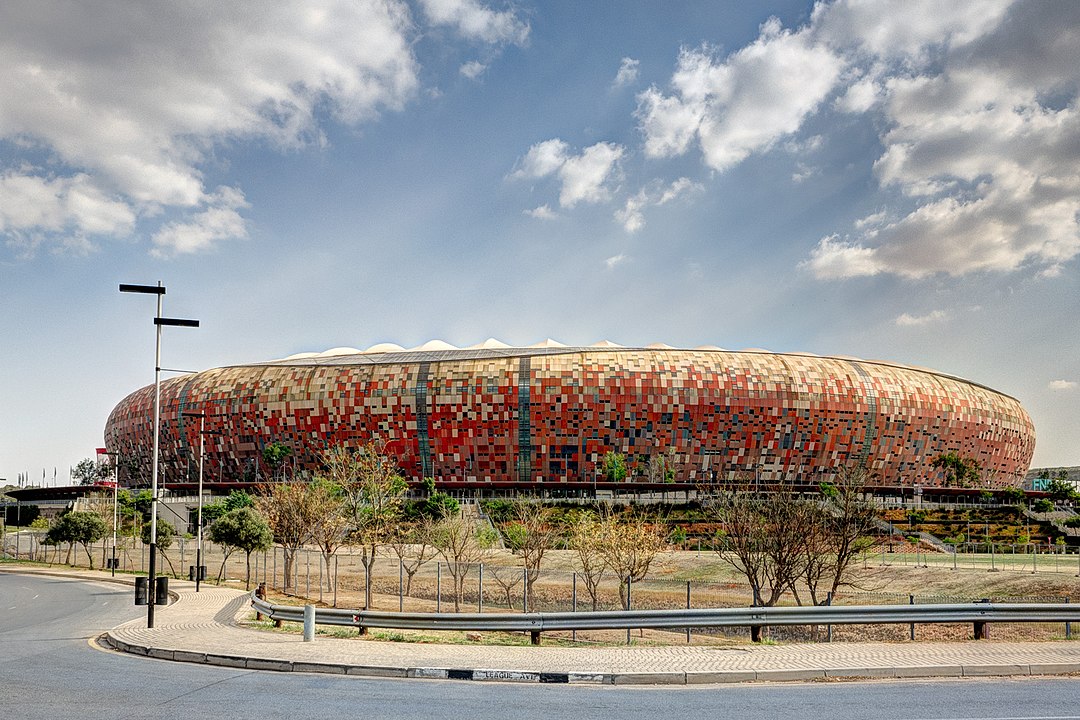
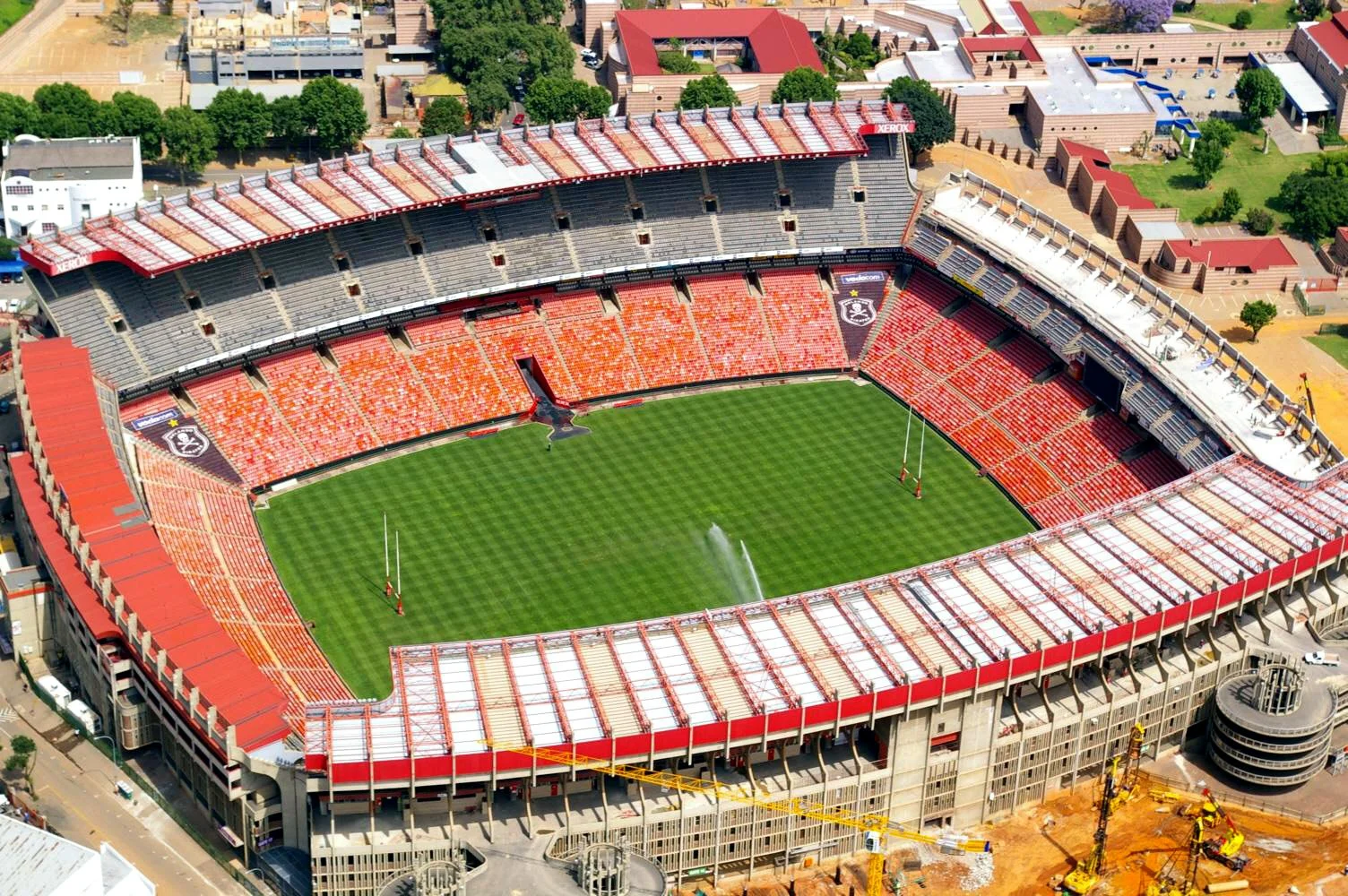

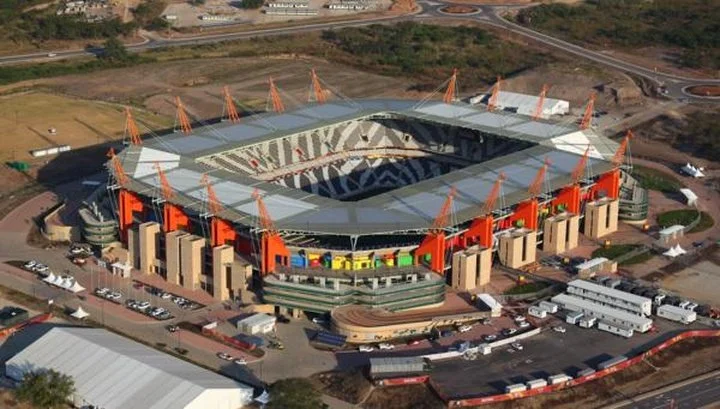
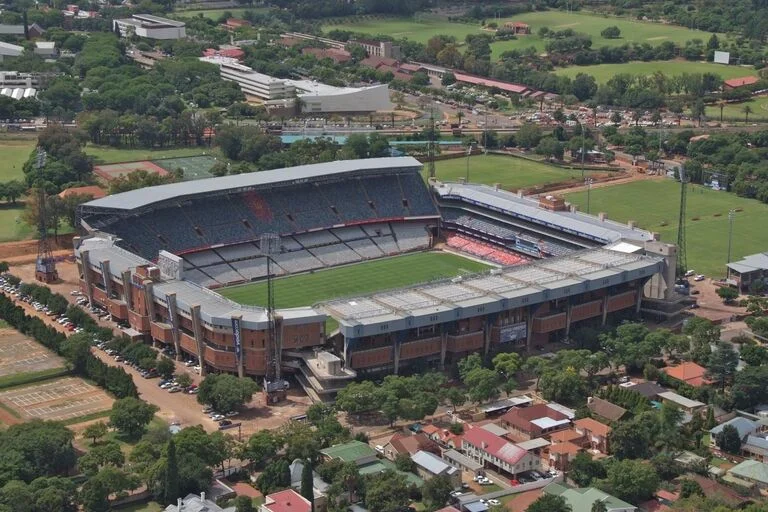
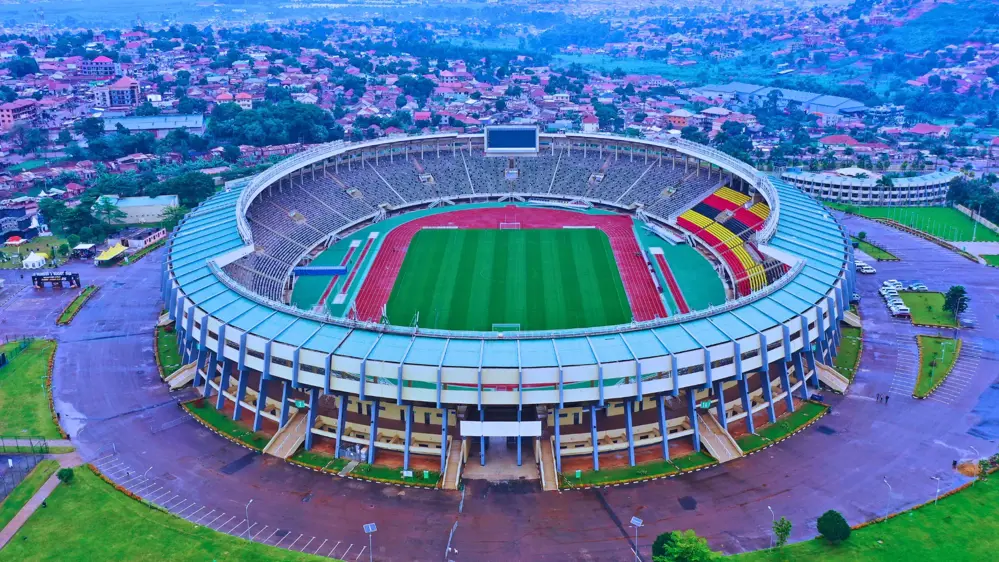
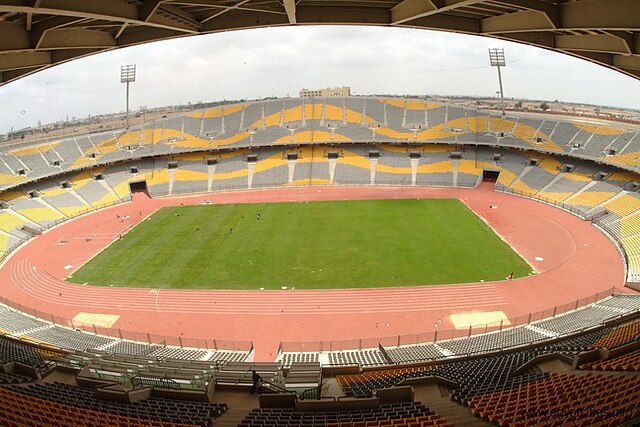

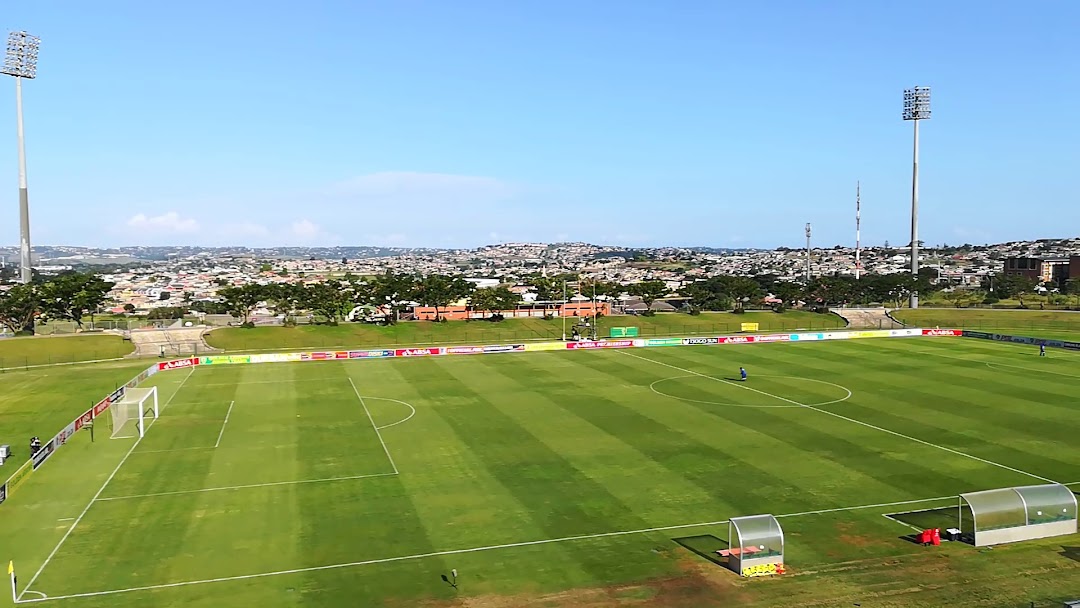
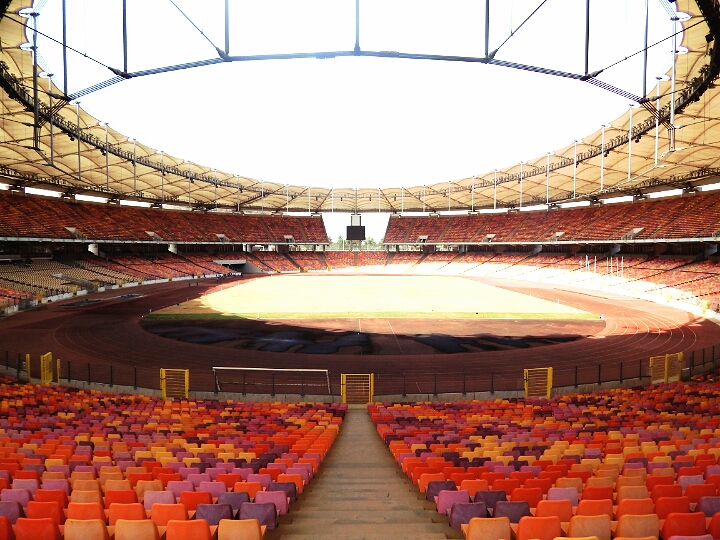

3 Comments